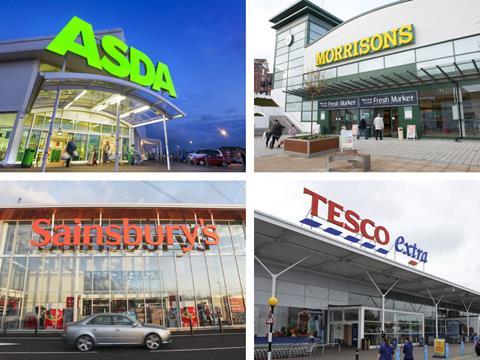
The wave of mounting grocery inflation stagnated in April, suggesting the big four are still trying to limit the extent to which they are passing on higher costs to consumers.
Annual supermarket price inflation measured by The Grocer Price Index, collated by Brand View from almost 62,000 individual SKUs, showed inflation modestly easing back to 1.1% in the month to 1 May from 1.4% the previous month.
This reversal came after six consecutive periods of an upwards trend and a dramatic reversal of the pre-Brexit deflationary environment, which saw annual prices plunge 3.1% in the month to 1 June 2016.
The more modest annual grocery inflation comes against a backdrop of escalating prices across the wider UK economy.
According to ONS, underlying inflation, measured by the consumer price index, stood at 2.3% in March, suggesting the big four are mitigating the impact of rising underlying prices.
Sainsbury’s boss Mike Coupe said last week its full-year profits had been affected by its attempts not to “pass on the price increases that we see coming through”. Morrisons finance chief Trevor Strain stressed last week its own price inflation was “significantly less” than the overall market as it tried to keep a lid on costs.
Last week Morrisons committed to push down the price of 1,067 products, while Tesco slashed prices on hundreds of fruit & veg products amid market worries that underlying price inflation is driving consumers back to the discounters. This pricing action is reflected in the GPI figures, which show each of the big four experienced lower levels of annual price deflation in the month to 1 May than in the previous month.
Mirroring the trend of last month, Tesco showed the least annual inflation at 0.5% (down from 0.7% last month), with Morrisons the highest at 2.2% (down from 2.6%). Sainsbury’s annual inflation was 1.2% and Asda 1.3%, while Waitrose - not included in the overall GPI calculation - saw inflation fall from 2.1% to 1%.
Nevertheless, supermarket prices are rising annually for only the third month since early 2014, and health & beauty and household moved into inflation for the first time this month.
This means that of the 14 categories followed by the GPI, only soft drinks and deli remain in annual deflation.
The rate of inflation in a number of key categories continued to increase during the month, with dry grocery inflation rising from 1.3% to 1.8%, meat, fish & poultry from 1.7% to 2.1%, and dairy from 1.1% to 1.2%. However, headline GPI deflation was held back by prices falling more sharply in soft drinks from -0.9% to -1.8% and a marked reduction in alcohol inflation from 3.4% back to 1.5%.
On a month-on-month basis prices were up 1.2% , the highest monthly increase for over a year and up from a 0.8% increase last month.








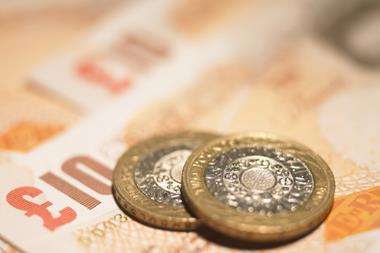

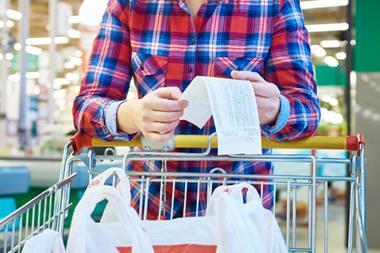

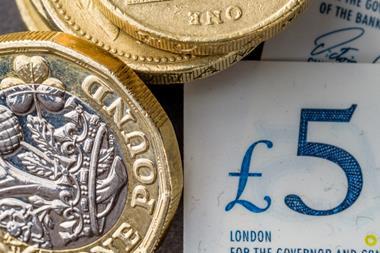
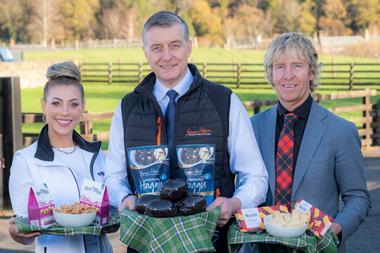
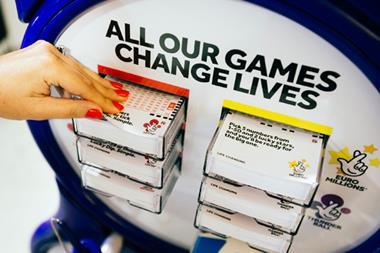




No comments yet